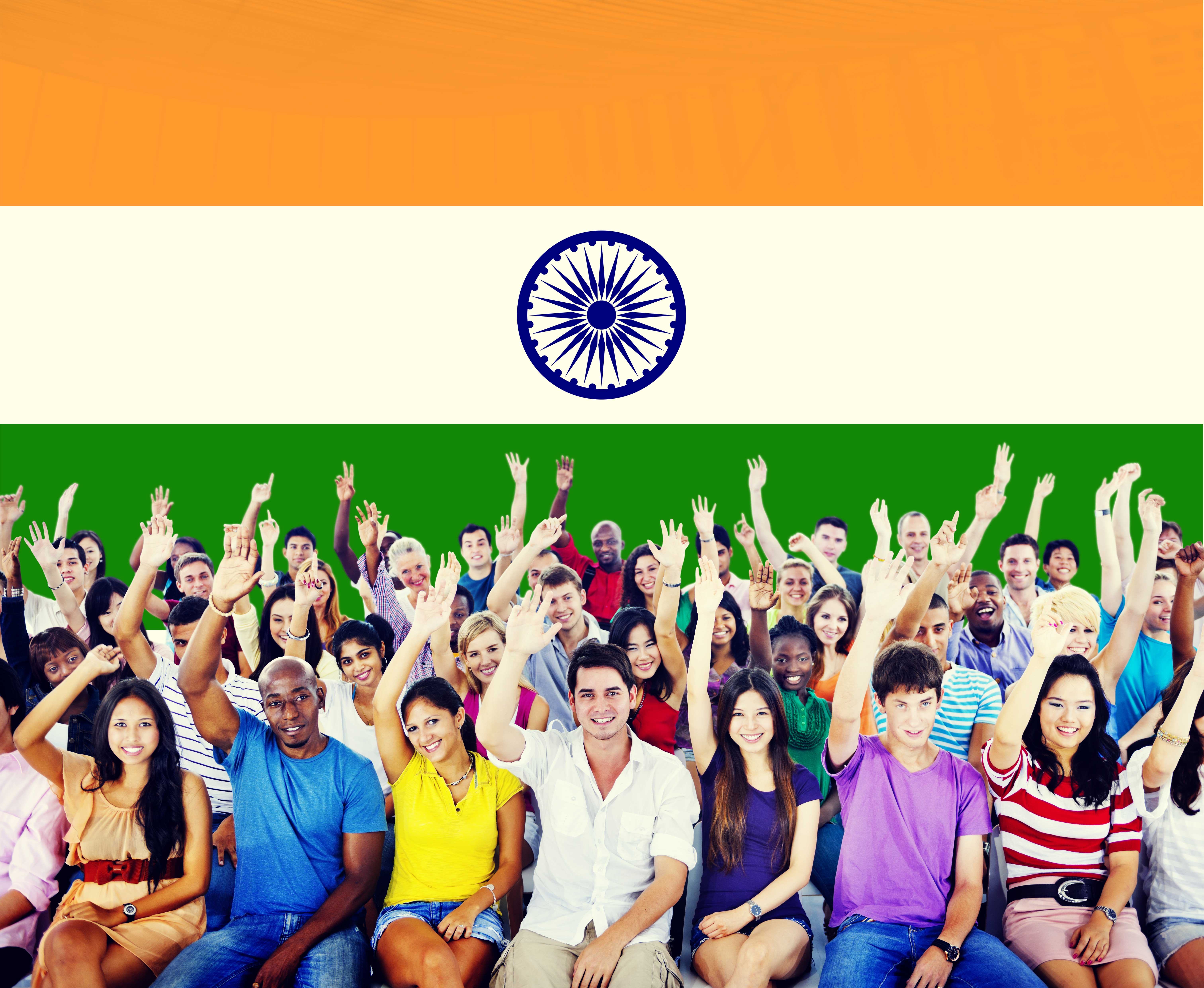
Written By – Niyati Tewari
Participating in democratic societies has always been important for young people. They have different policy priorities than other age groups and their engagement also promises a sustainable future for democracy. With an increasingly young population but ageing Members of Parliament in India, it has become even more crucial for young people to do so.
“Youth” is not a homogenous entity which is why more than one communication approach is needed: it consists of different groups, some active in political parties, others in non-partisan youth NGOs, and some activities in mono issue movements such as LGBTQIA rights or the Feminist Movement. But what they share is general millennial dimensions of communications – real life or digital. In real life, young people can often be met in various youth organizations.
This needs to be paired with societal long-term goals: if young people don’t understand the political system, if they don’t know their rights and duties as citizens, they won’t be interested in hearing about detailed political work. Sadly, schools in India often don’t fully integrate civic education into their curriculum, let alone teaching about how the government functions. There is a growing demand for teaching this content and should be further followed up by policy-makers on different governmental levels.
Social media has become an everyday-life tool, especially for young people. Like many elements of our lives, political discussions have moved on to the platform. Therefore the youth can be reached by connecting public discourse on traditional media with the one on social media that currently seem to run in parallel. Politicians active on social media are therefore more popular among young generations and they find posting regular, meaningful updates absolutely worthwhile. Three principles, however, are important to keep in mind: First, social media is social and its power has to be harnessed accordingly. Politicians should take users seriously. If someone reacts or responds, this should be treated as a digital letter from a citizen, and be listened to. In fact, accounts that only post and don’t respond are rarely successful. Consequently, a politician’s social media strategy should include a component that frequently monitors the engagement and allows for reflection on the decision maker’s own positions. Second, young people shouldn’t be underestimated. We are not limited to celebrating free calls and unlimited Internet facilities. We even see how our generation has difficulties finding employment or how people cross the territorial borders in the hope of a better higher education. These topics matter, too. Third, social media needs to be paired up with real-life interaction, creating and strengthening contacts. Initiatives like ‘Youth in Politics’ can play an important role in this regard.
Continuous improvements on these digital platforms have facilitated the current wave of populism, an example being the so-called twitter threads- an argument written in multiple tweets, have become popular when discussing politics. More steps in this direction need to be taken, both by platforms and its users. When it comes to communicating politics, it is time to carefully balance good communication with a reasoned, well-thought-through approach by politicians.

Leave a Reply